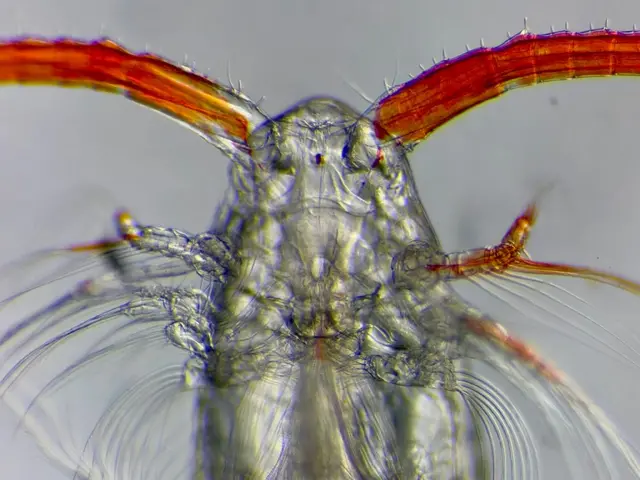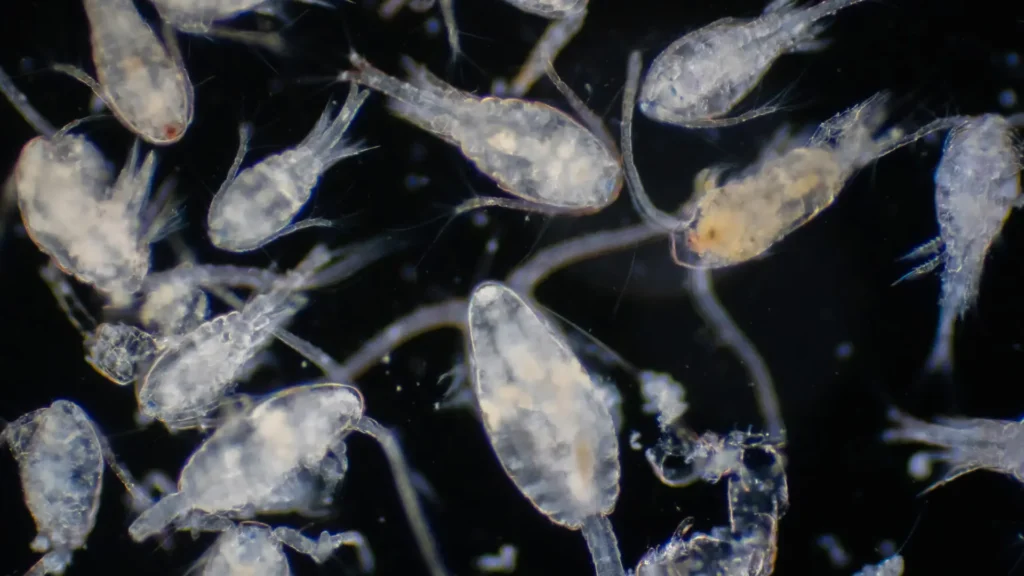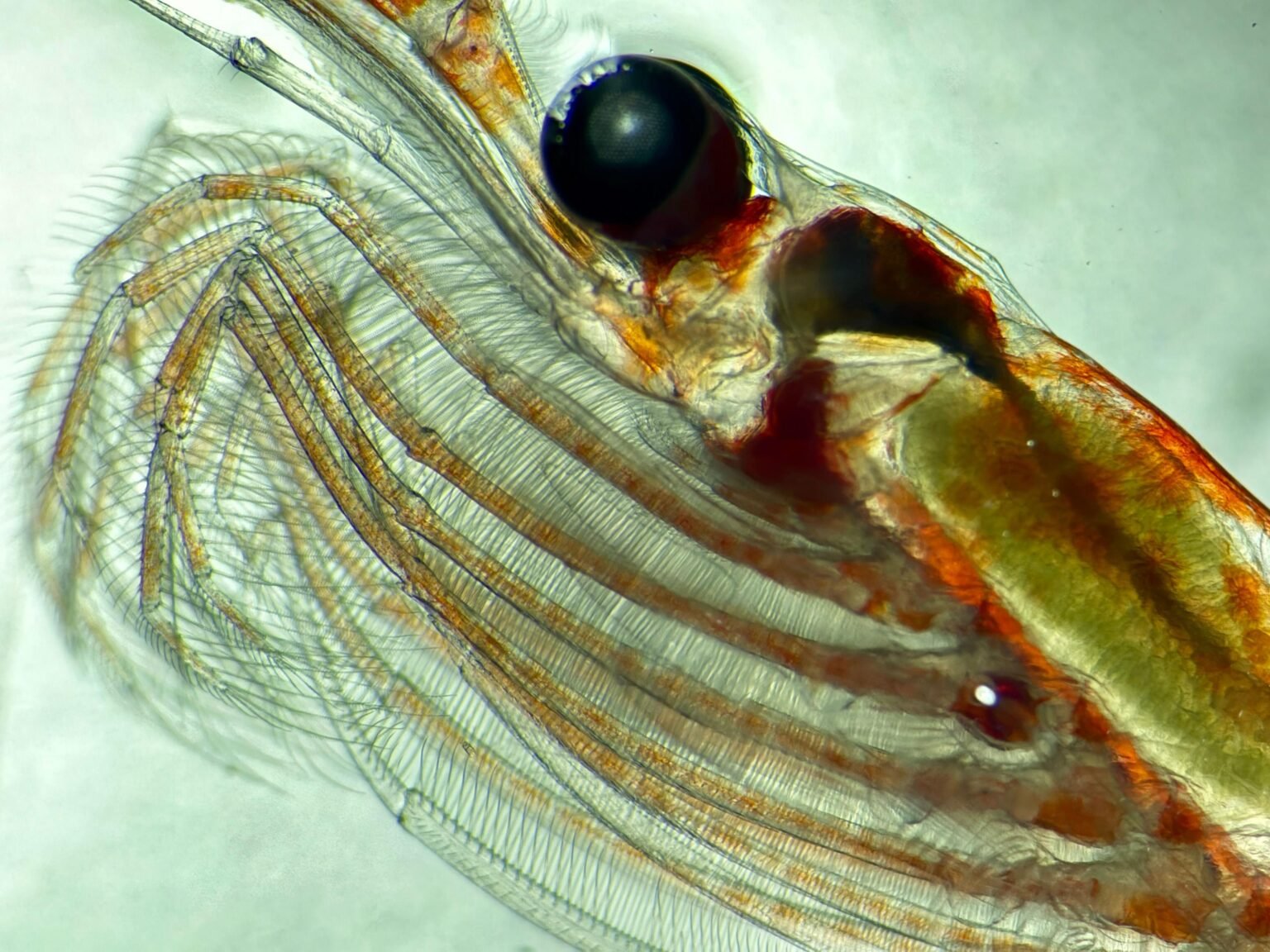The Microscopic Champions of Climate Control

Tiny marine organisms often ignored or known only as fish food are quietly performing one of the planet’s most essential climate services. These creatures, known as zooplankton, are central to a natural carbon storage mechanism that helps reduce the planet’s warming. Their ability to gorge on phytoplankton, transform it into fat, and descend to the deep sea creates a powerful carbon sequestration process known as zooplankton carbon storage.
Understanding Zooplankton Carbon Storage
Each spring, copepods and other forms of zooplankton feed voraciously on phytoplankton—tiny plant-like organisms that absorb atmospheric carbon dioxide via photosynthesis. The carbon consumed is stored in the form of lipid reserves, which these creatures carry within their small bodies. As the Antarctic winter nears, they descend hundreds to thousands of meters below the ocean surface and burn this fat slowly to survive the cold months.
This seasonal journey results in carbon being deposited deep within the ocean, away from the atmosphere. The process is known as the seasonal vertical migration pump, and it is responsible for storing approximately 65 million tonnes of carbon annually—an amount equivalent to emissions from 55 million diesel cars.
The Creatures Behind the Carbon Process
Copepods, the most abundant type of zooplankton, play a starring role in this process. These minuscule crustaceans, related to lobsters and crabs, are only 1 to 10 millimeters long. Despite their small size, they are remarkably efficient at absorbing and storing carbon. Photographic evidence under microscopes shows long lipid sacs inside their bodies, filled with carbon-rich fat.
Krill and salps also participate in this deep-sea migration, but copepods dominate due to their high numbers and lipid density. Although they are often sold as fish food, their global ecological impact is massive.
Why Zooplankton Carbon Storage Matters
The Southern Ocean is vital to global carbon regulation, absorbing about 40% of the ocean’s share of carbon dioxide despite covering only 6% of Earth’s surface. Zooplankton help lock this carbon in the deep sea, preventing it from reentering the atmosphere for decades or even centuries. Without this process, atmospheric CO2 levels would be significantly higher.

Their fat essentially functions like a biological battery, burning slowly in the ocean’s depths. This delays the return of CO2 to the surface and the atmosphere, buying time for humans to reduce fossil fuel emissions.
Scientific Insights on Zooplankton Carbon Storage
Recent studies spanning nearly a century of data, from 1920s records to current deep-ocean expeditions, have quantified the impact of zooplankton carbon storage. Using research ships like the Sir David Attenborough, scientists have collected and analyzed these creatures at different depths and times of the year.
Dr. Jennifer Freer and Professor Daniel Mayor led missions to regions like the South Orkney Islands and South Georgia. They conducted midnight net samplings when the creatures ascend toward the surface. These samples were studied in labs maintained at Antarctic temperatures (3-4°C) under red light to avoid stressing the zooplankton. Through this meticulous work, researchers calculated the immense scale of the seasonal vertical migration pump.
The Climate Threats Facing Zooplankton
Unfortunately, this natural carbon sink is under threat. Rising ocean temperatures, changes in salinity, commercial krill harvesting, and increasing storm activity are altering ocean layers and disrupting zooplankton behavior.

In 2020, nearly half a million tonnes of krill were harvested, legally but controversially. Environmentalists warn that commercial exploitation of zooplankton and their food sources could reduce carbon storage efficiency and threaten the wider marine food chain.
Global warming also shifts ocean stratification patterns, which can delay or disrupt the animals’ seasonal descent. These changes may have devastating consequences for the planet’s natural carbon storage system.
Zooplankton’s Role in Climate Modeling
Despite their importance, zooplankton were previously underestimated in global climate models. The new findings about zooplankton carbon storage are prompting scientists to re-evaluate climate projections. Accurate modeling of carbon budgets requires including biological processes like vertical migration.
By factoring zooplankton into models, scientists can better predict the Earth’s warming trajectory, the role of oceans as carbon sinks, and the effectiveness of human interventions.
The Ongoing Discovery and Exploration
Research on zooplankton carbon sequestration is expanding. New instruments, including deep-sea sensors and autonomous underwater vehicles, are being deployed to track zooplankton migration and fat utilization.

Oceanographers continue to study seasonal timing, temperature responses, and migration depths. Such research is critical not just for understanding current carbon dynamics, but also for forecasting how resilient zooplankton systems will be under future climate stress.
What Can Be Done to Protect This System?
Policymakers and conservationists are beginning to recognize the need for protecting zooplankton populations. Suggested actions include:
- Limiting krill and zooplankton harvesting through stricter international regulations
- Expanding marine protected areas in the Southern Ocean
- Funding more research into biological carbon sinks
- Including biological carbon pumps in international climate policy frameworks
Educating the public about the role of zooplankton carbon storage can build support for protecting this essential ecosystem service.
Small Beings, Big Impact
The planet’s tiniest marine creatures are performing one of its most vital climate functions. The natural ability of zooplankton to consume, store, and isolate carbon in the deep sea makes them silent climate heroes.
Understanding and protecting zooplankton carbon storage is not only a scientific necessity—it is a global imperative. By valuing their contribution and taking steps to shield their habitat, we can strengthen our fight against climate change and ensure that this natural buffer continues to work silently beneath the waves.




